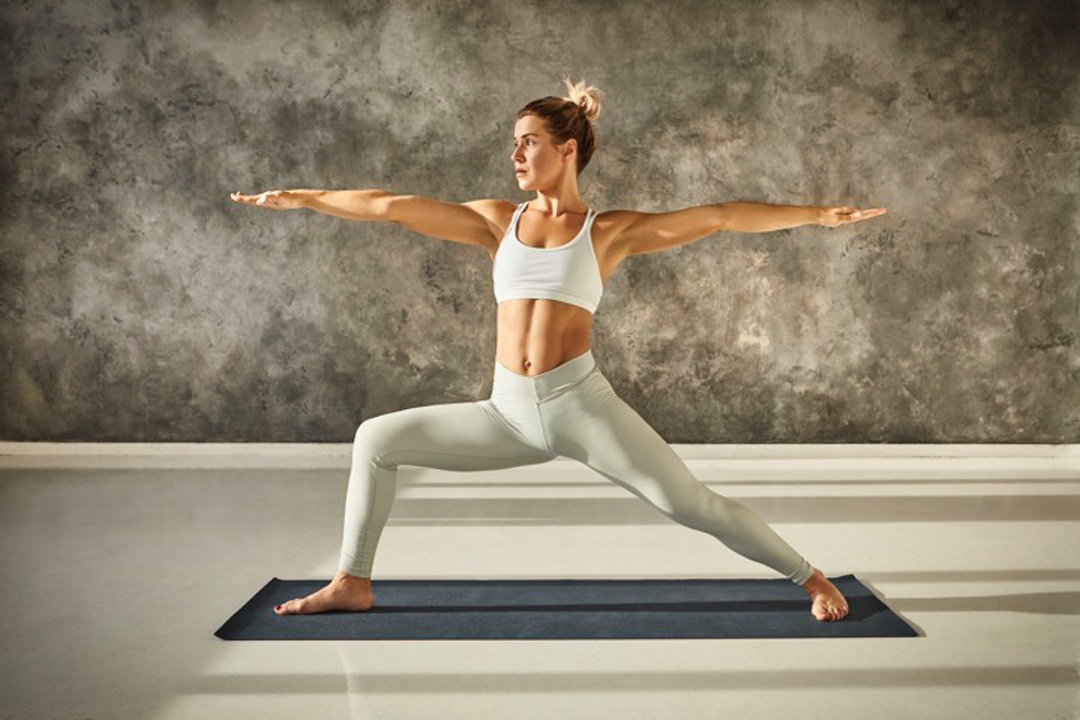[[data.name.value]]
[[metadata.defaultData.name]]
[[data.title.value]],
[[metadata.defaultData.title]],
[[data.company.value]]
[[metadata.defaultData.company]]

The Philosophy of Ashtanga Yoga
Yoga is an ancient practice that originated in India. It involves training the mind and body to have a balance between them. There are various types of yoga and each has its own benefits.
Ashtanga Yoga is one of the most popular types of yoga in the West. There are many benefits to this type of yoga and it is one of the holistic yoga forms you can practice.
Understanding the principles of this yoga can help you to involve more effectively. Let us discuss the principle and philosophy of Ashtanga yoga in this article.
Ashtanga is similar to vinyasa where you will be doing a set of poses in a particular sequence with sequential breath counts. It is made up of six levels and there is a flowing movement between each posture.

Ashtanga, the word comprises of Ashta which means Eight, and Anga which denotes the parts. This form of yoga focuses on eight different parts which must be concentrated and mastered.
The eight parts include,
• Yama
• Niyama
• Asana
• Pranayama
• Pratyahara
• Dharana
• Dhyana
• Samadhi
Yama denotes the moral codes every human being should possess and the Niyama indicates the self-discipline of every individual. Asanas denote the set of postures performed in yoga and pranayama is the breathing control one must follow when doing the asanas as well as separately as a technique. Pratyahara is to withdraw from all the worldly senses and Dharana denotes concentration or focus. Dhyana is meditation while samadhi is to attain oneness within the self.
These eight parts form the entire philosophy of Ashtanga and probably the whole of yoga is also based on this principle. Master yogis practice every aspect of these eight parts to attain the final state of samadhi. If you want to learn and teach Ashtanga yoga, you can attend the 200hr Yoga teacher training courses and improve yourself.
Ashtanga not only focuses on improving physical stability and strength. It is also helpful in improving mental wellness and makes you self-aware at all times. You can feel a sense of calmness and relaxation which cannot be attained through any other means. But it takes time to achieve it.
What are the basic postures in Ashtanga yoga?
In Ashtanga, you will be starting with a sun salutation which is performed five times. Then you move on to some basic standing poses which then flow into sitting poses. Once you finish repeating the sun salutation five times, you move on to other asanas. You will hold each asana in its position for five breaths and flow into other poses.
After mastering these, you will be taken to the advanced poses which consist of four different levels. Each level will be harder as you progress further.
Conclusion
Ashtanga yoga is one of the best techniques a person can learn. It teaches a person to be more aware of themselves and makes them reach a level of stability. Once a person masters Ashtanga yoga, he can perform any kind of yoga without any difficulty.
Read more
Read less
[[ metadata.translations.contactme ]]